Resolution 57-NQ/TW of the Politburo on breakthroughs in science, technology, innovation and national digital transformation sets a target of having at least 5 digital technology enterprises on par with advanced countries by 2030. So how should Vietnamese digital technology enterprises "prepare their luggage" and what policy incentives are needed to be a "launch pad" to go global? In the series of articles "Resolution 57 - The key to bringing Vietnam into the new era", VNEconomy had an exclusive conversation with Mr. Nguyen Van Khoa, General Director of FPT , about the journey of more than 25 years of persistently going global and inspirational lessons from the "leading bird" of the technology industry.
If you only choose within the safe zone, you will not be able to break through.
FPT began its journey to the global market in 1998. Looking back, what lessons do you think FPT learned on its journey to conquer the global market that Vietnamese businesses, especially digital technology businesses, can learn from?
If a business wants to go to the big sea, it must first be steadfast. Decades ago, businesses with a pioneering mission, daring to go beyond their comfort zone to go abroad, all faced many difficulties and challenges. At that time, FPT chose to go to the world by exporting software. Public opinion was skeptical, asking the question "Can it be done?". Not to mention that at that time, the support mechanism for businesses going abroad was quite limited, the Vietnamese information technology industry was not well-known, but FPT was determined to overcome public opinion, not afraid to take risks, not afraid of challenges.
In fact, at that time, in order to “survive”, most Vietnamese enterprises chose short-term opportunities and quick profits, and we did the same. But we soon realized that this path was not sustainable, not a long-term future, so FPT’s leaders decided to choose another path – the path to the world with the intelligence and capacity of Vietnamese people. It was the perseverance on this path that brought us success.
Another factor that helps us succeed on the path to global expansion is people. FPT has gathered a team of people who dare to do what others do not dare to do. We have ambition, if we only choose to stay in the safe zone, we will not be able to break through, but when we dare to put ourselves in a situation where we face failure, the opportunity to change direction will appear.
A business can only develop sustainably when it gathers talented, like-minded, and ambitious colleagues. At the same time, to reach out to the international market, it must have high-quality human resources. Therefore, from a very early age, FPT has focused on training and preparing technology resources for Vietnam. Especially at this time, when working with large corporations in the world, we realize that they seriously lack human resources with knowledge, skills, and capacity to deploy and apply AI. With a young population, passionate about technology and with aspirations to rise, this is a long-term opportunity for Vietnam and FPT to affirm its position in the AI era.
Does that mean that the current IT human resources are an advantage for Vietnam and digital technology businesses to go global?
The US, Europe, Japan, and South Korea – the leading economies – are all facing the challenge of an aging population. Meanwhile, Vietnam has a golden advantage: a young population, passionate about technology, and a desire to rise up. This is not only an opportunity, but also a time for Vietnam to become a center for providing high-quality technology human resources for the world, especially in the fields of AI and semiconductors. In that context, FPT aims to equip 500,000 employees with AI knowledge and skills and train 10,000 semiconductor engineers by 2030.
But human resources alone are not enough. Vietnamese technology enterprises that want to break through must invest heavily in research and development (R&D). The investment rate for R&D must be large enough to make a difference, to turn aspirations into reality.
So, how much has FPT invested in R&D?
We spend about 5% of pre-tax profit on R&D. FPT is also moving to higher stages in the technology value chain, including product manufacturing. From the very first days of its establishment, FPT has wanted to become a new type of organization, powerful through creative labor efforts in science, engineering and technology, contributing to national prosperity.
It can be said that FPT was born as a technology company. Resolution 57-NQ/TW is a revolution, a call and direct responsibility for technology enterprises like FPT to promote research and development of digital technology products Make in Vietnam. Never before have science and technology been placed in a central position, a pillar for the development of the country like today. For FPT, this is not only an opportunity, but also a driving force to continue to nurture and promote the "Creative GEN", the role of a pioneering enterprise in the innovation ecosystem. We will continue to steadfastly do things that no one has done, pioneering in innovation to contribute to the development of our country, rich and powerful in the New Era.
To do R&D, we not only need a large enough investment rate but also need talent both domestically and internationally. We need more partners who think big, do big and especially dare to do difficult things, things that others do not dare to do.
Global businesses must create products that the whole world uses.
If measured by the figure of 1 billion USD in revenue from IT services for foreign markets achieved in 2023, it would take FPT 24 years to achieve this figure. Is that too long a period of time for a digital technology enterprise to develop and establish its name in the global market, sir?
More than 25 years ago, FPT went global when Vietnam was still a question mark. Many customers when meeting us asked “Where is Vietnam? Is there still war? But now it is very different, Vietnam has a position and made great progress in the international arena. This is a solid foundation for Vietnamese businesses to step out into the world.
Not only different in position, enterprises also receive strong support from policies. The strategic quartet of Resolutions 57-NQ/TW, 59-NQ/TW, 66-NQ/TW, and 68-NQ/TW consider enterprises, science, and technology as the center and driving force of Vietnam's development in the New Era. In particular, it emphasizes creating conditions including policy mechanisms, major problems of science, technology, innovation, and digital transformation of the country for technology enterprises to participate in solving, as a foundation and springboard to reach out globally.
Therefore, I believe that today's businesses do not need to spend 25 years to go global. The opportunity is right in front of us, the important thing is to dare to take risks, to step out of the comfort zone. And one of the favorable ways for Vietnamese businesses to go abroad is to provide information technology services. However, to have digital technology businesses on par with advanced countries as the goal set by Resolution 57-NQ/TW, Vietnamese technology businesses must have products that are used globally.
The technology industry can be divided into two areas: providing services and making products. Providing services is like “selling traditional rice”, always having customers and steady revenue, but to do great things, to create breakthroughs, you have to make products. Making products is like selling “specialties”, just one delicious dish is enough to affirm your name and be recognized by the world.
I often joke that working in technology is like composing music. You only need to compose one classic song to create a lifetime of resonance. Technology is the same, having an excellent product with its own colors can help the business gain worldwide recognition and develop forever.
In your opinion, how many digital technology businesses in Vietnam have brands in the international market or are on par with advanced countries?
In fact, Vietnam has more than 5 strong international technology brands. In addition to FPT, Viettel, VNPT, we also have brands such as CMC, TMA, KMS or unicorns such as VNG, Sky Mavis.
But what Vietnam is expecting is 5 technology brands on par with advanced countries by 2030 and 10 businesses by 2045.
On par, in my personal view, is on par in terms of company size, market share, and advanced technology. To achieve this, we must make a lot of effort and the “4 policy pillars” will accelerate and strengthen this goal.
A business that wants to become a global business needs to create products that the whole world uses. In the technology field, there are famous businesses such as Microsoft, Google, Meta, SAP, Oracle, etc., but it is very difficult to do this. Even leading technology countries such as Japan or Korea do not have many products that are popular worldwide. Vietnamese businesses that want to develop must have products that the whole world uses.
How can Vietnamese technology businesses create products that reach the global market?
From my personal perspective, there are two ways: one is for businesses to develop themselves according to market demand; two is for the State to order large problems, promote the public-private partnership model, and give opportunities to businesses. However, this “ordering problem” approach is not yet popular.
In 1992, when Korea decided to build Incheon Airport, the Korean government at that time could have chosen an international contractor, but they gave the opportunity to domestic enterprises. As a result, the main contractor for the construction of Incheon International Airport was a consortium of Korean construction companies called “Korea Airport Engineering Corp (KAEC)”.
Vietnam also needs such thinking: flexible, bold and with long-term vision.
Currently, Resolution 57-NQ/TW has clearly defined spending 2% of GDP on research and development (R&D), 3% on innovation. Many people are still used to thinking that technology is just a tool to support national governance. If we understand the content of Resolution 57-NQ/TW, this thinking must change. When we consider technology as just a tool, we can use it or not. Resolution 57-NQ/TW does not consider technology as an external tool, but establishes the viewpoint that national governance must be based on technology.
Another point in Resolution 57-NQ/TW that we particularly appreciate is the viewpoint of taking institutional and policy reform as a driving force for national competitiveness. It can be said that Resolution 57-NQ/TW is a strategy for the future, bringing Vietnam into the era of national development.
That is, the mechanism is already there. The problem is how to implement it, how to pose the problem, and who will be given the opportunity to solve the country's big problems.
Resolution 57-NQ/TW is a long-term strategy, designed to nurture the future. So, in your opinion, what needs to be done at the present time to create the future of Vietnamese technology?
“Science” always comes before the word “technology”, because the core of technology is science and the industrial production field is where science shows its value most clearly.
In fact, Vietnam has acquired some core technologies in key industries such as steel production, construction materials, wood processing, bricks, concrete, road construction, etc. These sectors are directly contributing to GDP growth. However, the problem is that we are still too dependent on foreign equipment. The most obvious example is the textile industry - a key export industry, but sewing machines are imported from China, even needles and threads. That means we are not really in control.
To make real changes, we must invest systematically in science and technology, and that must start with education.
FPT proposes a fundamental change in thinking, especially in technology education and promoting the role of private education. It is necessary to focus on practical training, promote innovation and internationalize human resources to create generations with global competitiveness.
Currently, many universities still provide training that is far from practice, with little connection to scientific research and industrial needs. Right from general education, we also need to prioritize subjects such as natural sciences, technology, robotics, STEM (science, technology, engineering, mathematics), data...
South Korea is a good example. They prioritized science and technology education early on and invested heavily in domestic capabilities. Today, South Korean technology has even surpassed Japan in many areas.
For Vietnamese businesses, this is the golden time to invest long-term in technology. We cannot keep chasing short-term opportunities or temporary trends and then run out of steam.
Resolution 57-NQ/TW encourages Vietnamese technology enterprises to proactively reach out to international markets. To do that, we must change our mindset. Diplomacy is not only the responsibility of the State but must become a core skill of enterprises. Economic diplomacy, especially in the field of technology, if done systematically and proactively, is the door to open the global market.
Currently, technology enterprises reaching out to the world have also received strong support from state management agencies, associations and especially the Ministry of Foreign Affairs. Vietnamese ambassadors in key foreign markets are all acting as “technology ambassadors”.
In fact, most businesses follow diplomatic delegations abroad mainly to buy goods. Resolution 57-NQ/TW sets the goal of digital technology businesses on par with advanced countries, so Vietnamese businesses must provide value to international customers. Therefore, diplomacy is not only in politics, but economic diplomacy is very important, businesses must participate in it.
Recently, when participating in the state visit of General Secretary To Lam to Indonesia, we signed a framework contract worth 67 million USD with KMP Aryadhana, Indonesia's leading business association in the field of innovation. Most recently, within the framework of the Vietnam - France Business Forum in Paris, witnessed by Prime Minister Pham Minh Chinh, FPT became Airbus's Global Strategic Technology Partner.
Vietnam’s position is very different now, and so are our technology companies. Why have Japan, South Korea, and China all built strong national science and technology capabilities, while Vietnam, despite having the same learning spirit and “chopsticks” culture, has not been able to do the same?
Need a domestic market that is "open enough, large enough and supportive enough"
We talk about international-class businesses but there is no standard for international-class businesses. So, in your opinion, what kind of business is considered international?
In my opinion, to be called an international technology company, first of all, it needs to achieve a minimum revenue of 1 billion USD; more importantly, that revenue must come from high-tech products with high intellectual content, from research and innovation, not from buying and selling activities.
The $1 billion revenue milestone is incredibly important. The journey to reach your first $1 billion is not easy, but once you reach that threshold, growing your revenue to $2-3 billion becomes much easier.
In addition, the enterprise must have operations in many countries, have strong R&D capabilities and own patents, own innovative technology products, core technology and have a position in global or regional rankings.
Technology is changing very quickly. I think AI will be a “window of opportunity” for Vietnam in the short, medium and long term, especially in the context that AI is considered the most important strategic technology group among the 11 strategic technology groups of the country according to Decision 1131/QD-TTg. In the medium and long term, it is the story of semiconductors. FPT has been proactively investing in R&D and building capacity in 7/11 strategic technology groups of the country, including AI and semiconductors.
From the business perspective, does the State need to establish additional policy mechanisms and levers to help technology businesses accelerate, sir?
With four breakthrough resolutions - the "strategic quartet" just issued by the Politburo and Decision 1131/QD-TTg, I think technology businesses have enough leverage to accelerate. Looking at the "strategic quartet", we can clearly see the determination and innovative thinking at the Central level.
Fortunately, according to Resolution 68-NQ/TW of the Politburo, the private economy is not only a component of the economy, but also the leading driving force for growth and innovation. Private enterprises are given favorable conditions to develop strongly, participate in important national projects, and are considered a lever for a prosperous Vietnam.
This is a big step forward in development thinking. However, if policy wants to be a driving force, it must not “spread nails” – that is, it must not create more barriers, procedures, or regulations that hinder innovation and creativity.
The resolutions are complete, clear and groundbreaking. Now is the time for a synchronous, drastic and rapid engagement of the entire political system to realize the spirit of the resolutions into concrete actions.
The State needs to expand policy space, giving priority to Vietnamese technology products and enterprises to participate in large projects - especially public investment projects and national programs. When Vietnamese enterprises have a domestic market that is large enough, open enough, and supportive enough, they can firmly expand globally. Looking back, all the world's leading technology corporations from the US, China to Korea all started with a domestic market that played the role of a "strategic rear".
In addition, the Government also needs to invest heavily and focus on strategic infrastructures such as 5G networks, big data infrastructure, and cloud computing - indispensable foundations for the development of the digital economy. In particular, it is necessary to quickly implement breakthrough incentive policies that create real incentives for businesses to apply and develop digital technology. Not only financial support, but also policy testing mechanisms (sandboxes), tax incentives, and promote digital transformation in each economic sector.
According to VNEconomy
Source: https://fpt.com/vi/tin-tuc/tin-fpt/viet-nam-can-tao-ra-san-pham-cong-nghe-cho-ca-the-gioi-dung



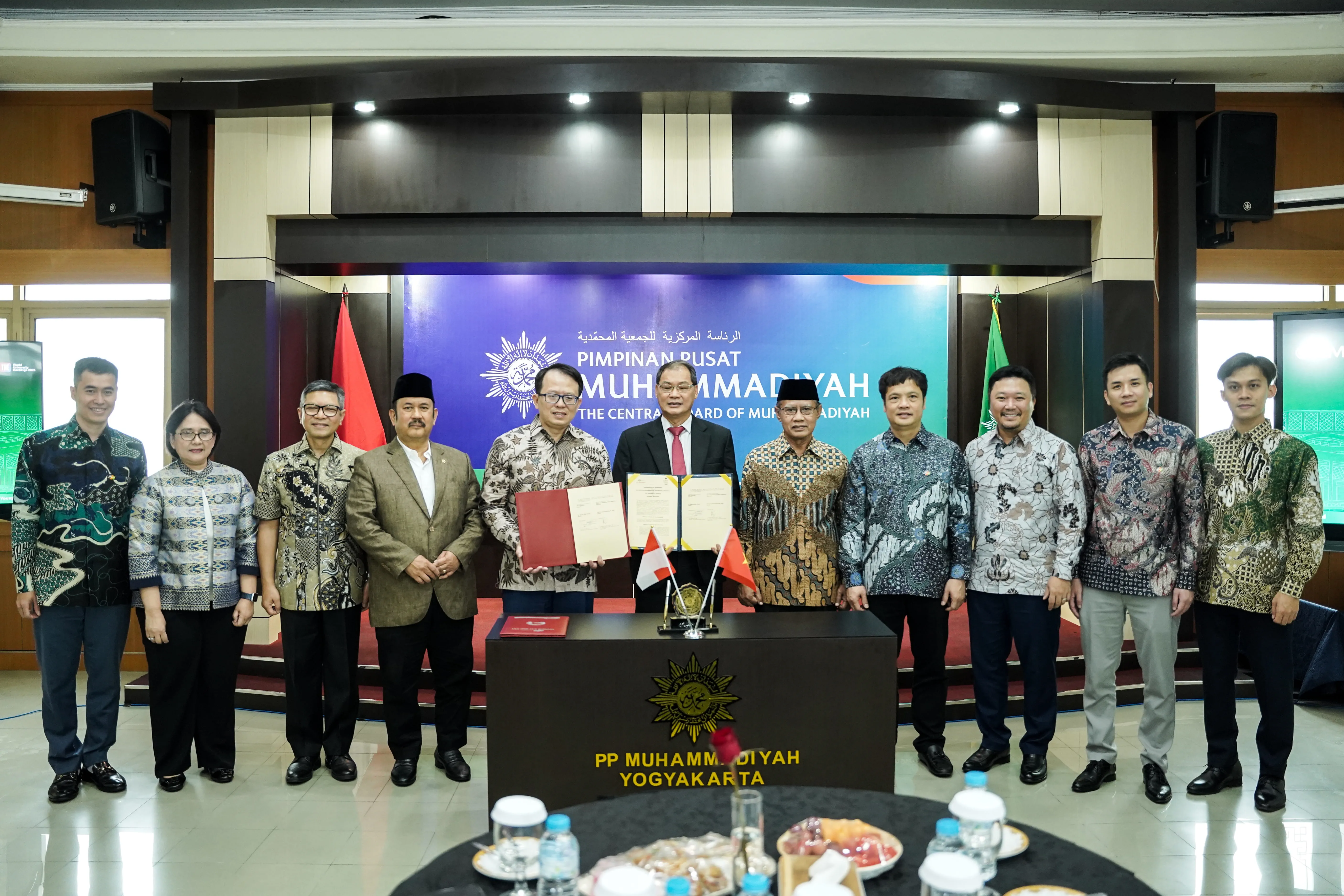



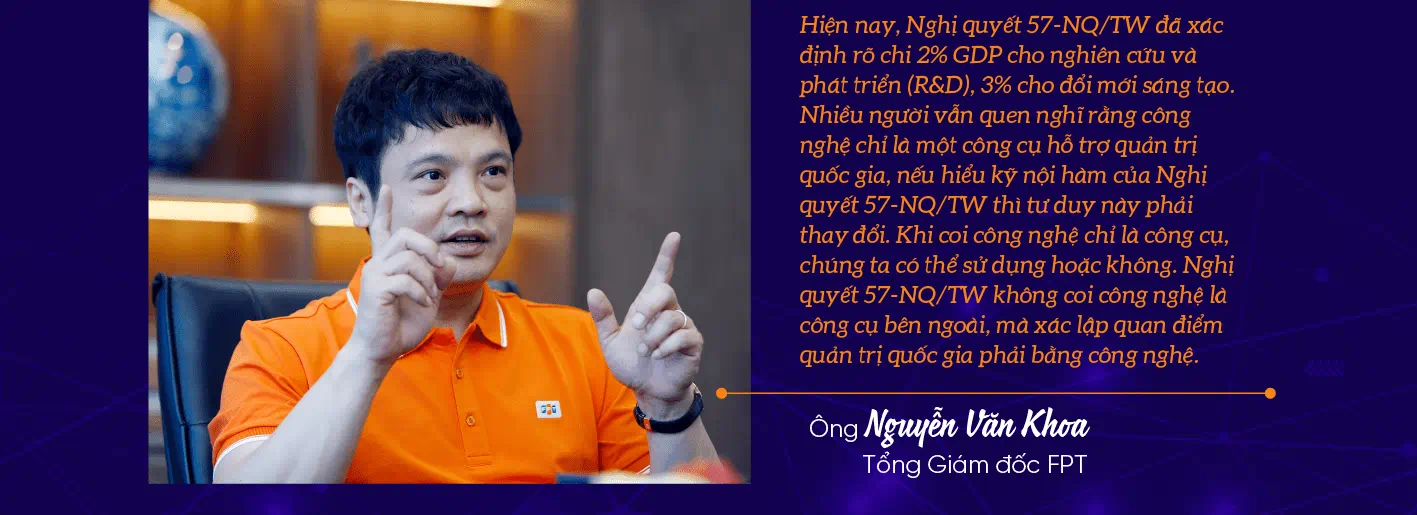


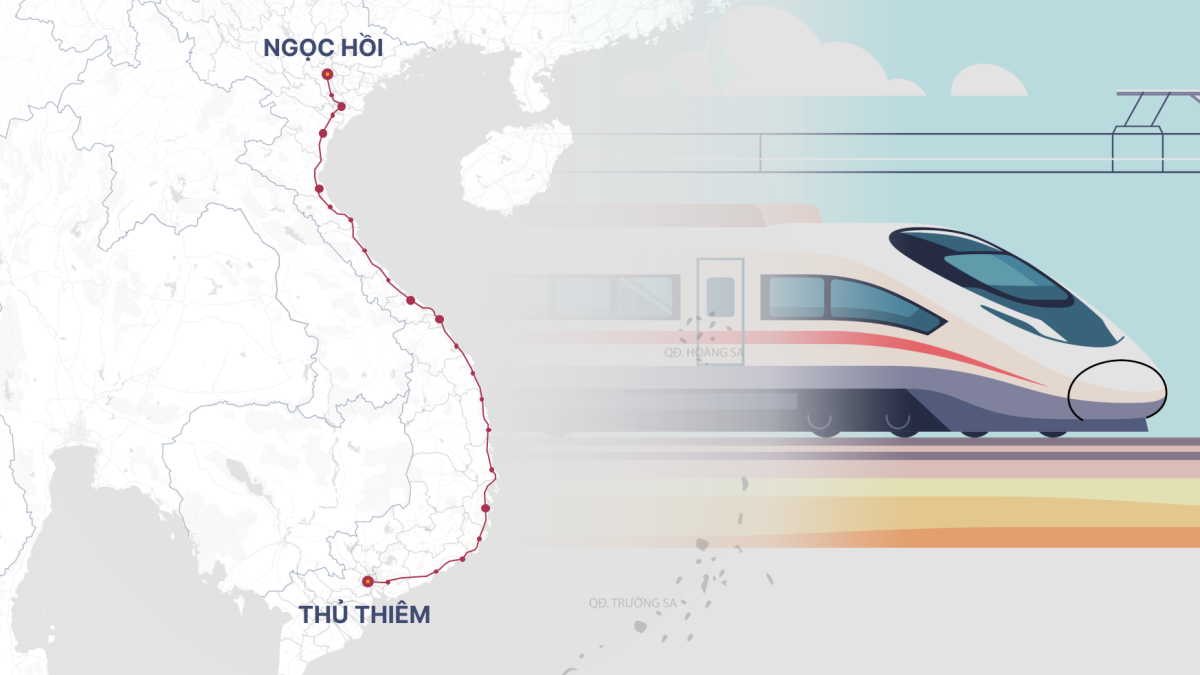















































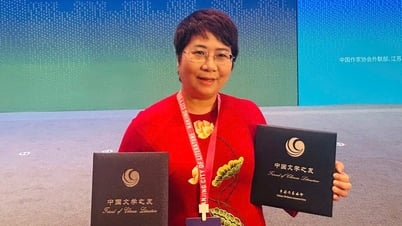

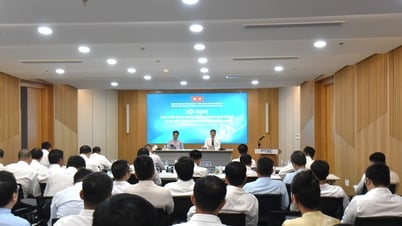

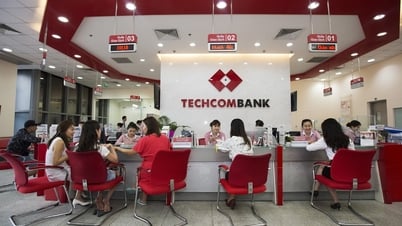









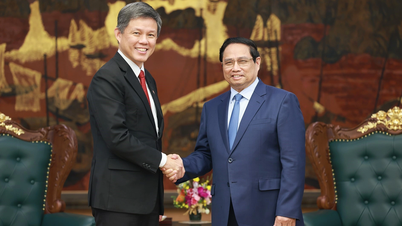
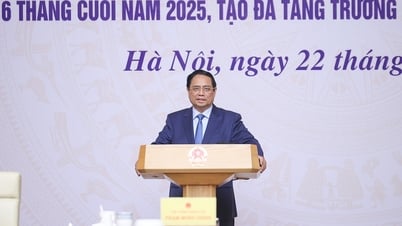

































Comment (0)